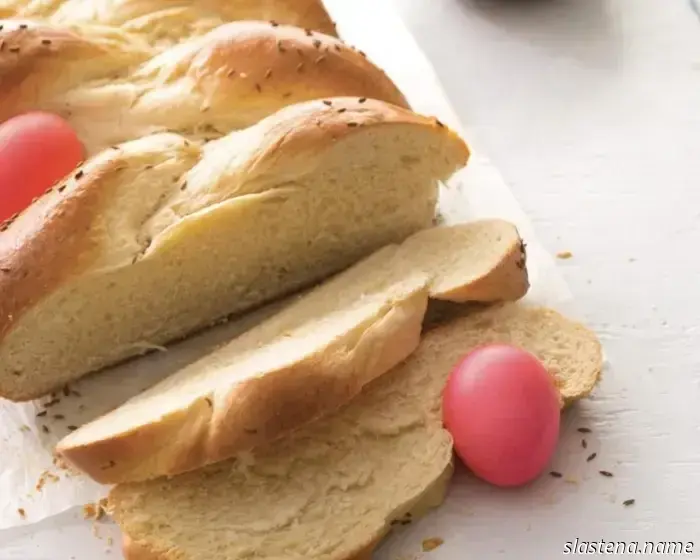
Tsoureki - Made from Scratch
#image_title
Also known as lampropsomo—a term derived from the Greek words for “Easter” and “bread”—Tsoureki is a Greek custom shaped by the Ottoman Empire's impact on European culture. These beautifully braided creations are often gifted by Greek children to their godparents during Easter and usually feature eggs dyed a vivid red to represent Christ’s blood and the concept of new life. The tradition includes a game called tsougrima, where players tap each other’s eggs until one breaks. The person who ends up with an uncracked egg is believed to have good luck for the coming year.
**Tsoureki
Sweet Bread Dough (recipe follows)**
- ¼ teaspoon (1 gram) almond extract
- 1 tablespoon (6 grams) mahleb spice
- 3 cups (720 grams) boiling water
- 1 (1-ounce) bottle (30 grams) liquid red food coloring
- 1 tablespoon (15 grams) distilled white vinegar
- 4 large eggs (224 grams), in shell
- 1 teaspoon (5 grams) whole milk
- 1 large egg (50 grams), lightly beaten
- 1 teaspoon (3 grams) cumin seeds
- 1½ cups (360 grams) warm whole milk (105°F/41°C to 110°F/43°C)
- 2 (0.25-ounce) packages (14 grams) active dry yeast
- 4 large eggs (200 grams), lightly beaten
- ⅔ cup (133 grams) granulated sugar
- 2 teaspoons (6 grams) kosher salt
- 8¾ cups (1,094 grams) all-purpose flour, divided
- 1 cup (227 grams) unsalted butter, softened
Prepare the Sweet Bread Dough as instructed, but in Step 2, incorporate the almond extract with the eggs and mix the mahleb spice with the flour. Continue as directed. Place a wire rack over a sheet tray lined with paper towels. In a medium bowl, combine 3 cups (720 grams) of boiling water with food coloring, then add vinegar. Carefully immerse 4 eggs (224 grams) in their shells into the water mixture for about 2 minutes, or until the desired color is achieved. Allow them to dry completely on the prepared rack and refrigerate until needed. Preheat the oven to 350°F (180°C). Line a baking sheet with parchment paper and spray it with cooking spray. Lightly punch down the dough. Cover it and let it rest for 5 minutes. On a floured surface, turn out the dough and divide it into 3 equal parts. Roll each piece into a rope about 20 inches long. Position the strands vertically in front of you, pinch the three ends together at the top, and braid the ropes until reaching the ends. Pinch the ends to seal and transfer to the prepared baking pan. Gently place the dyed eggs between the strands of dough. Cover and let it proof in a warm, draft-free location (75°F/24°C) for about 30 minutes. In a small bowl, whisk together the milk and remaining egg (50 grams). Brush the dough with the egg wash, avoiding the eggs, and sprinkle with cumin seeds. Bake until golden brown and an instant-read thermometer inserted in the center reads 190°F (88°C), which should take about 40 to 45 minutes. Loosely cover with foil after 30 minutes if necessary to prevent over-browning.
In the bowl of a stand mixer fitted with the paddle attachment, combine the warm milk and yeast. Let it sit until frothy, around 10 minutes. With the mixer on medium speed, add the eggs, sugar, and salt to the yeast mixture until fully combined. Reduce the speed to low and gradually mix in 4 cups (500 grams) of flour. Next, add the butter, one tablespoon (14 grams) at a time, mixing until incorporated. Transfer the dough into a large bowl, stirring in the remaining 4 cups (500 grams) of flour with a spatula or wooden spoon until well combined. Due to the sizable dough quantity, you'll need to combine the rest of the flour in a larger bowl. Move the dough to a lightly floured surface and knead until smooth and elastic for about 8 minutes, adding the remaining ¾ cup (94 grams) of flour as needed, ensuring the dough isn't sticky. Spray a large bowl with cooking spray, place the dough inside, turning to coat the top. Loosely cover and let rise in a warm, draft-free area (75°F/24°C) until doubled in size, approximately 1 hour.
**PRO TIP**
This bread is best enjoyed fresh, but to prolong its shelf life, wrap it in breathable material like a cotton towel or brown paper bag and store at room temperature for up to 2 days. After baking
Other articles
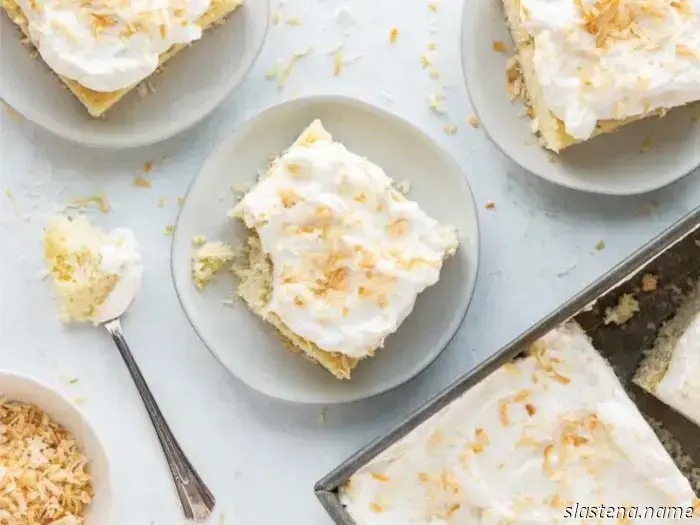 Coconut Tres Leches Cake - A Recipe from Scratch
We enriched the classic tres leches cake with a blend of four coconuts, ensuring that every bite offers a smooth, melt-in-your-mouth sensation with a hint of the tropics.
Coconut Tres Leches Cake - A Recipe from Scratch
We enriched the classic tres leches cake with a blend of four coconuts, ensuring that every bite offers a smooth, melt-in-your-mouth sensation with a hint of the tropics.
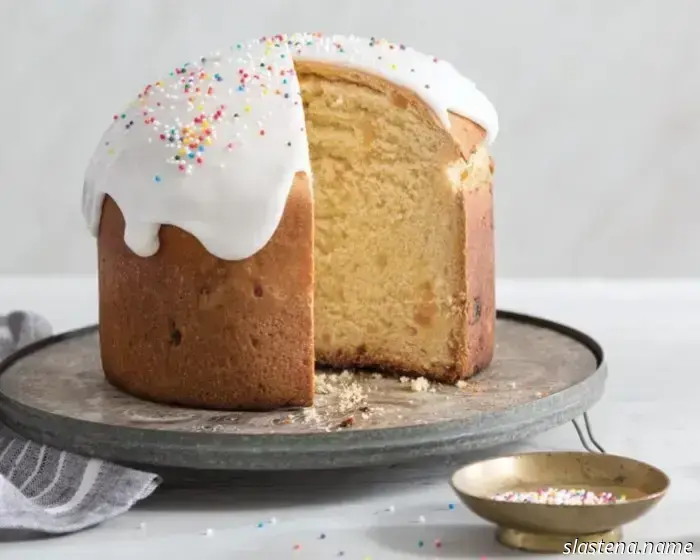 Kulich - Prepare from the Beginning
Deeply embedded in a rich history and distinctive flavor and texture, the Kulich, commonly referred to as “Paska,” is a premier Russian bread. Traditionally used to signify the end of the fast during Russian Orthodox Easter celebrations, this Easter bread has evolved into numerous variations as diverse and expansive as the Motherland. The sumptuous
Kulich - Prepare from the Beginning
Deeply embedded in a rich history and distinctive flavor and texture, the Kulich, commonly referred to as “Paska,” is a premier Russian bread. Traditionally used to signify the end of the fast during Russian Orthodox Easter celebrations, this Easter bread has evolved into numerous variations as diverse and expansive as the Motherland. The sumptuous
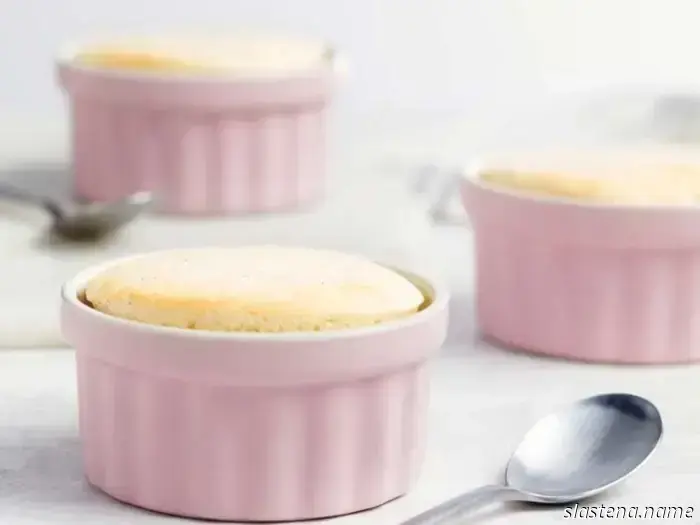 Buttermilk-Orange Pudding Cakes - Recipe from Bake from Scratch
These light and fluffy soufflé-style cakes offer a delightful blend of sweet vanilla and zesty citrus flavors. Buttermilk-Orange Pudding Cakes: 1 cup (240 grams) of whole buttermilk at room temperature, ½ cup (100 grams) of granulated sugar, divided, 2 large eggs (100 grams), separated and at room temperature, 2 tablespoons (28 grams) of melted unsalted butter, 2 teaspoons (12 grams) of vanilla bean paste, and 1 teaspoon (1 gram).
Buttermilk-Orange Pudding Cakes - Recipe from Bake from Scratch
These light and fluffy soufflé-style cakes offer a delightful blend of sweet vanilla and zesty citrus flavors. Buttermilk-Orange Pudding Cakes: 1 cup (240 grams) of whole buttermilk at room temperature, ½ cup (100 grams) of granulated sugar, divided, 2 large eggs (100 grams), separated and at room temperature, 2 tablespoons (28 grams) of melted unsalted butter, 2 teaspoons (12 grams) of vanilla bean paste, and 1 teaspoon (1 gram).
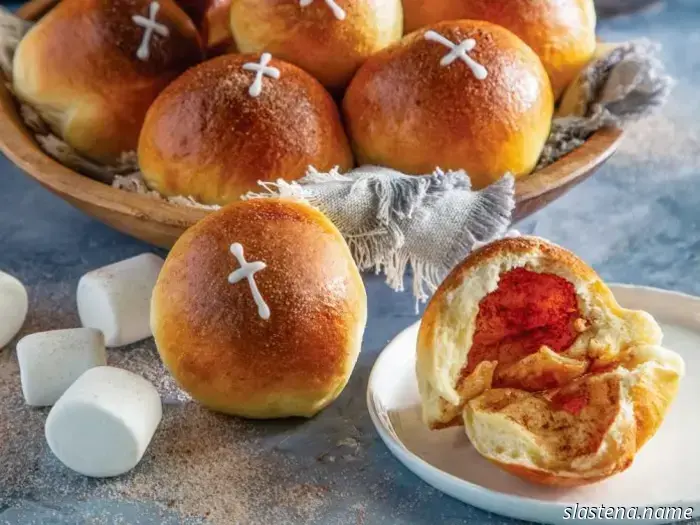 The Definitive Guide to Baking for Easter Brunch - Bake from Scratch
Whether you're coming together for a warm family breakfast or putting on a festive midday meal, no Easter brunch is truly finished without something baked from the oven.
The Definitive Guide to Baking for Easter Brunch - Bake from Scratch
Whether you're coming together for a warm family breakfast or putting on a festive midday meal, no Easter brunch is truly finished without something baked from the oven.
 Blueberry-Lemon Turnovers - Bake from Scratch
These portable treats offer an ideal balance between filling and crust, as the golden pastry showcases the jewel-like hues of blueberries blended flawlessly with creamy mascarpone cheese and topped with a vibrant citrus glaze. Blueberry-Lemon Turnovers Makes 12 pastries ½ cup (113 grams) mascarpone cheese*, at room temperature 2 tablespoons (24 grams) granulated sugar 1 teaspoon (1 gram) lemon zest Rough
Blueberry-Lemon Turnovers - Bake from Scratch
These portable treats offer an ideal balance between filling and crust, as the golden pastry showcases the jewel-like hues of blueberries blended flawlessly with creamy mascarpone cheese and topped with a vibrant citrus glaze. Blueberry-Lemon Turnovers Makes 12 pastries ½ cup (113 grams) mascarpone cheese*, at room temperature 2 tablespoons (24 grams) granulated sugar 1 teaspoon (1 gram) lemon zest Rough
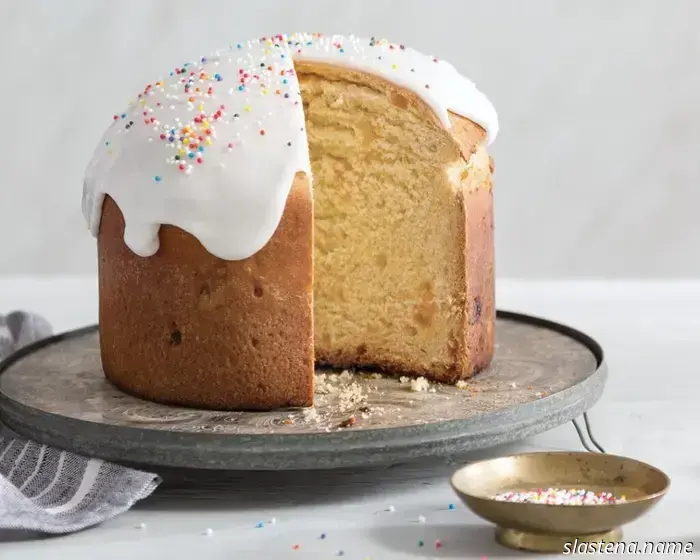 Honor Easter with Classic Breads from Various Parts of Europe - Bake from Scratch
This assortment of recipes highlights some of the uniquely flavorful Old World bread traditions found throughout Christendom, including those from Italy, Greece, Russia, and the Czech Republic.
Honor Easter with Classic Breads from Various Parts of Europe - Bake from Scratch
This assortment of recipes highlights some of the uniquely flavorful Old World bread traditions found throughout Christendom, including those from Italy, Greece, Russia, and the Czech Republic.
Tsoureki - Made from Scratch
Referred to as lampropsomo—a term originating from the Greek words for “Easter” and “bread”—the Tsoureki is a Greek custom that has its roots in the Ottoman Empire’s impact on European culture. These intricately braided creations are commonly baked by Greek children as Easter gifts for their godparents and often feature eggs dyed in a vivid red, symbolizing the blood of Christ and the concept of new life.
